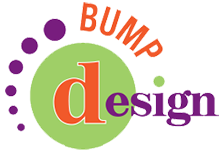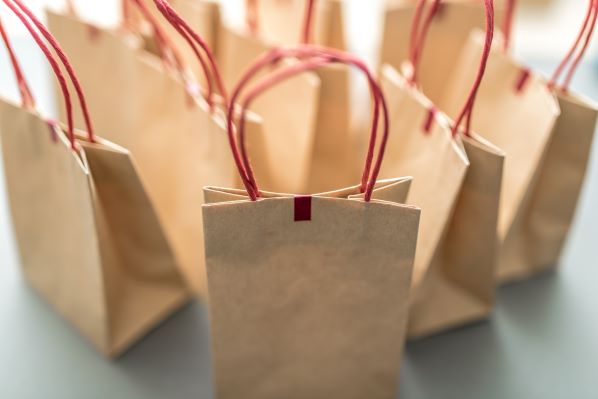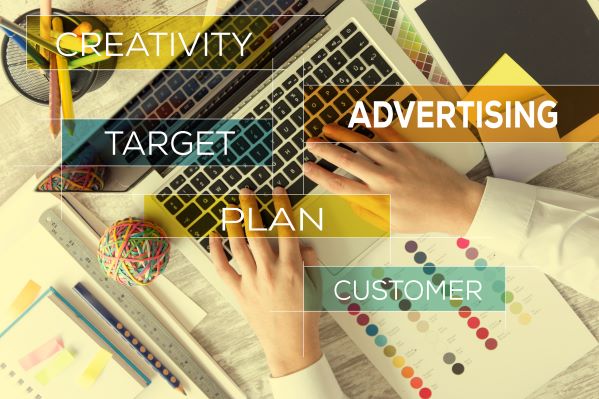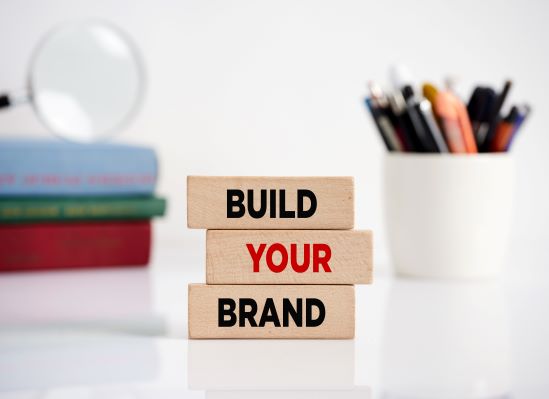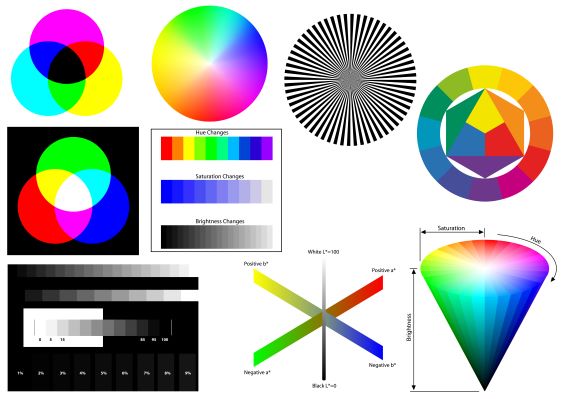How Can a Graphic Designer Help My Business?
Thursday, August 3rd, 2023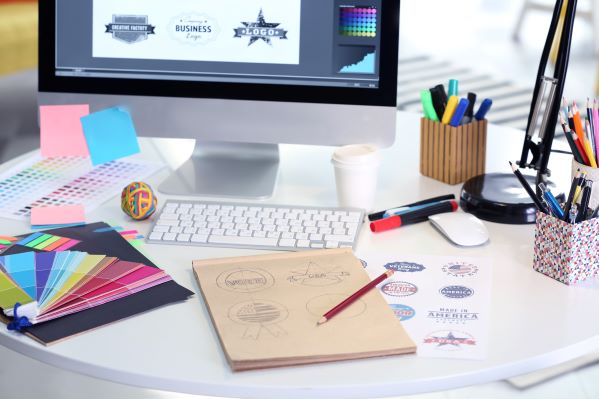
Have you wondered how a graphic designer could help your business? Have you considered what the benefits are? A graphic designer can play a vital role in enhancing your business in several ways. By partnering with a graphic designer you can leverage their creative skills and expertise to visually communicate your brand message effectively. This will subsequently enhance your marketing efforts and create a cohesive and professional image for your business. Outlined below are the benefits of working with a graphic designer.
Seven Key Ways a Graphic Designer Can Help Your Business
Branding
A graphic designer can create a strong visual identity for your business by designing a logo, choosing appropriate colors, typography and creating a consistent brand style. A well-designed brand identity helps establish a professional and memorable image, making your business stand out from the competition.
Marketing Materials
Graphic designers can develop various marketing materials such as brochures, flyers, posters, business cards and banners that effectively communicate your message to potential clients. They have the skills to create visually appealing designs that capture attention and convey information effectively.
Website Design
A graphic designer can create an engaging and user-friendly website that aligns with your brand. They understand the principles of user experience (UX) design and can optimize the website layout, typography and imagery to create an enjoyable browsing experience for your visitors. A well-designed website can improve client engagement, increase conversions and enhance your online presence.
Social Media Graphics
Graphic designers can create eye-catching graphics for your social media platforms, including posts, cover images and advertisements. Engaging visuals on social media can help increase brand awareness, attract followers and encourage user interaction.
Packaging Design
If you sell physical products, a graphic designer can help create attractive and informative packaging designs. Packaging plays a crucial role in capturing the attention of potential clients, conveying product information and influencing purchase decisions.
Illustrations and Infographics
Graphic designers can create custom illustrations and infographics that simplify complex information and make it easier to understand. These visual elements can be used in presentations, reports and marketing materials which enhances their effectiveness.
Consistency and Professionalism
A graphic designer ensures that all your visual assets are consistent in terms of colors, typography and overall design style. This consistency builds a professional image for your business and helps establish trust among customers.
Partnering with a skilled graphic designer can significantly contribute to the success of your business by enhancing its branding, marketing efforts, online presence and overall visual communication. The visual appeal and coherence will positively influence how your business and brand is perceived.
